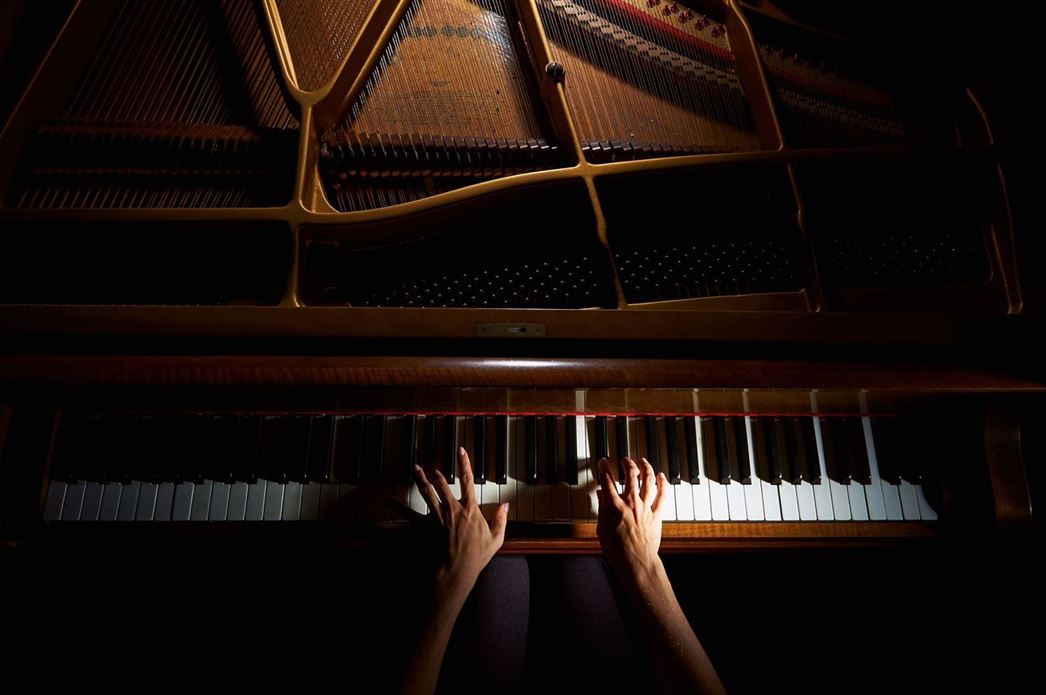
There’s a lot that goes into understanding a piece of music. First, you listen to it; you let the melody take you away, you move your feet to the beat. Deeper yet, your second and third listens; you begin to notice subtle nuances, flourishes that had passed you by on the first listen. This continues each listen; some pieces you can listen to hundreds of times and continue to unlock secrets, it’s meaning changing as you age. You can learn even more about a piece by learning the instruments that make the music; you can then appreciate how much effort and practice went into perfecting the technique the musician has used. Another layer of depth is found when you learn about the history of music; where the piece finds itself in the Grand Canon of Music, and the story behind the instruments that made it. So it is with the piano.
Now ubiquitous, the piano was revolutionary even when it was made. There was a problem with other stringed instruments that could be hammered; it was difficult to create a system where the hammer would pull off of the strings, and when it remained on the strings, they were muted. Bartolomeo Cristofori, the inventor of the piano, solved this problem. The instrument he created was originally called the pianoforte, because it could play soft (piano) and loud (forte). The dynamic sonics such an instrument allows are what keep it in use today; musical pieces that could never have been composed otherwise can be played on the piano, with its incredible range of notes and volumes.
What makes a piano a piano isn’t exactly clear, as the instrument itself has changed several times over the years. At one time, the pedals were at knee height, instead of being manipulated by the player’s feet; why they thought this was a good idea may be lost to time. The way pianos are built has changed as well; different materials for the body and keys, different string thicknesses and more have been adapted. At one time, pianos were incredibly breakable, and a player playing forcefully would destroy their instrument; they have seen begun to be reinforced.
Now, there are a plethora of different instruments that might be called a piano. Take a keyboard, for example; you can have one with weighted keys and pedals that feels almost exactly like a piano, except the instrument is electronic; no strings and hammers. Is that a piano? Look at a device like the Seaboard, a “piano” sensitive to all kinds of different touches; is that a piano? It’s somewhat difficult to say, because instruments evolve over time; the piano today looks quite different than the one from the early 1700s.
While instruments may evolve, the benefits of learning one for students young and old have remained. Playing music is good for your body and mind. Winnipeg piano lessons are available, and what’s better, you can have them in the comfort of your own home; that’s a benefit that will stand the test of time.

